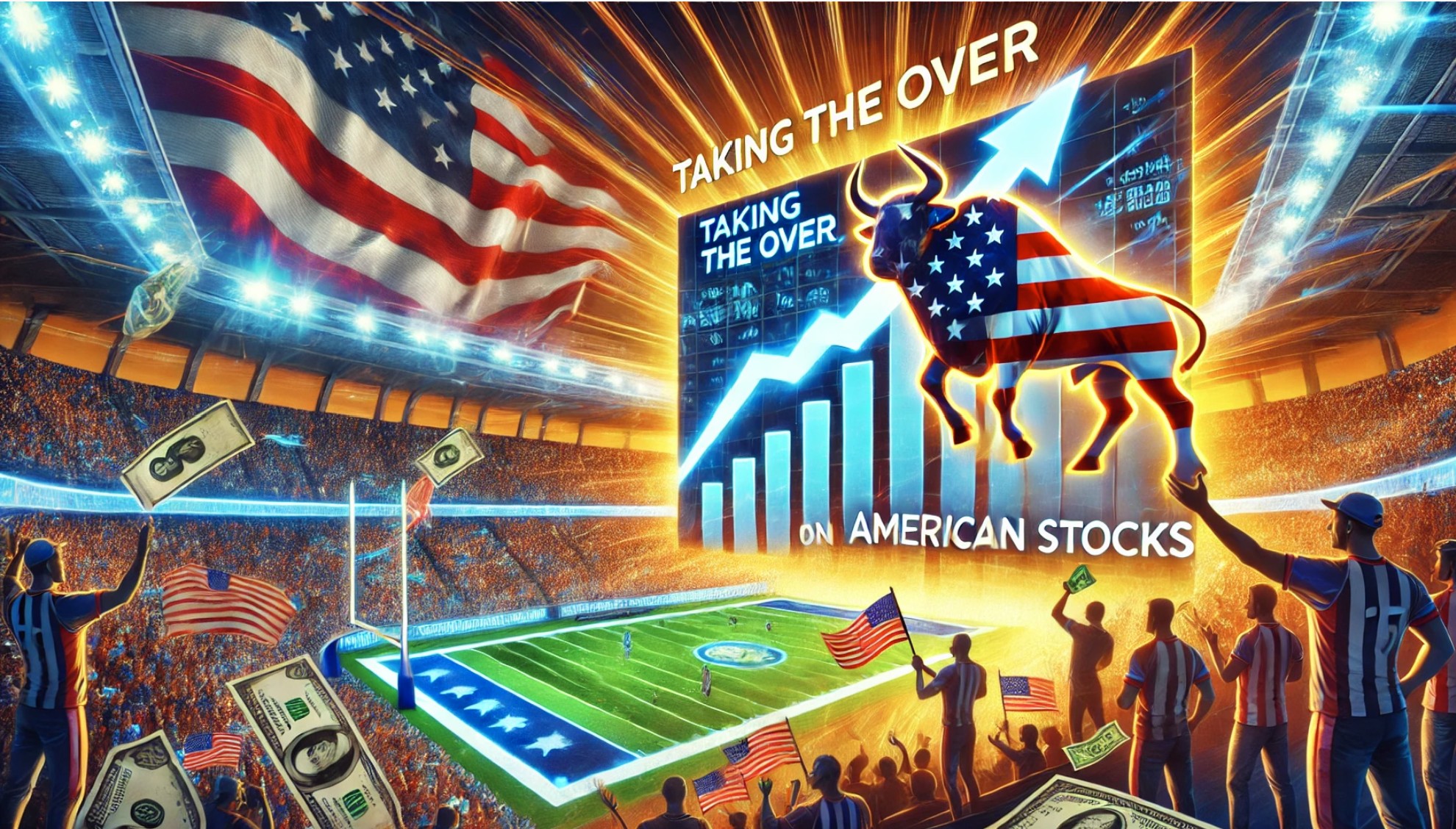
NVIDIA: The Real 1%
“If $300 billion is all going to go to Nvidia, you know what to do in the stock market.”
That was the advice Eric Schmidt, former Google CEO, recently gave to students at Stanford.
And based on last week’s reported results, it won’t take long for Nvidia to hit that mark.
Nvidia Corp. (NASDAQ: NVDA) reported quarterly results last week. Over the past 12 months, Nvidia generated $96 billion in sales – roughly one-third of the way to Eric’s projection.
That’s up 194% over the same period a year ago. And of that $96 billion in sales, nearly half (48%) represented pure profit.
Net of all expenses and taxes and after deducting the cost of supporting its $41 billion in capital investments, Nvidia delivered more profit to shareholders than 99% of companies on Earth.
It’s in the top 1%. No other company can match its profitability or growth.
Of course, the stock trades rich – even after the post-earnings selloff.
But when a company has cornered the most critical piece of hardware needed to run the most transformational technology of our lifetimes, you expect to pay a hefty premium.
Here’s why it’s worth the price.
Must-Have Tech
Nvidia chips sit at the top of every top tech company’s wish list because comparable alternatives don’t exist.
Microsoft, Googe, Meta, and Amazon will each invest around $40 to $50 billion to train AI models and build out data centers over the next year.
Sam Altman expects the total expenditure to build AI infrastructure to hit $300 billion easily, which explains Eric Schmidt’s bullishness on Nvidia.
And tech companies will spend it because, as Google’s current CEO, Sundar Pichai, told analysts last month, “The risk of underinvesting is dramatically greater than the risk of overinvesting for us here.”
But Nvidia has a lot more going for it than rapidly rising sales.
It spent the last two decades perfecting its CUDA software development platform, setting the stage for its current dominance. And while its $41 billion capital base may seem like a lot, it’s inconsequential compared to competitors.
Below, I’ve broken down the total capital the top four revenue-generating semiconductor companies—Nvidia, Intel Corp. (NASDAQ: INTC), Broadcom (NASDAQ: AVGO), and Taiwan Semi (NYSE: TSM) have invested in their business.
Source: ISS Investor Express, The Capital List
Nvidia ties up the least amount of capital by far—less than half that TSM has in its business and a quarter of Intel’s capital-heavy model.
In short, Nvidia generates 74% more revenue than Intel, with far less capital.
That leaves a lot more profits for Nvidia shareholders at the end of the day.
Nvidia adds value through chip design, its cloud-agnostic capability, and its entrenched network of developers. By outsourcing everything else, Nvidia keeps capital light and cash flows high.
Source: ISS Investor Express, The Capital List
I could go on about Nvidia’s stellar corporate performance and high-quality earnings, which I do in this Capital InFocus report.
However, at $108, its stock price assumes a lot of success.
So, let’s look at just how much success the market has already priced into Nvidia’s stock.
But strap in for a bit of math…
It All Adds Up
We can break down a company’s market capitalization into three components: 1) the value of capital invested, 2) the value of current profits (assuming no future growth), and 3) the value of future profits.
We show these in the chart below: Capital, Current Value Add, and Future Value Add.
Source: ISS Investor Express, The Capital List
We get capital, and current value add from financial statements and stock price multiplied by shares outstanding yields market cap. When we subtract capital and current value add from market cap, the required profit growth to justify the current stock price remains.
Do the math and $2.09 trillion of Nvidia’s $2.64 trillion market cap relies on future growth or 79% of its market cap.
In other words, Nvidia trades at a premium of 79% over current profits and capital.
That’s not a lot of reliance on future growth for high-growth companies. Global semiconductor stocks have a 73.1% premium cooked into their prices.
Source: ISS Investor Express
And looking back to 2008, you can see that Nvidia often commands a very high premium.
Source: ISS Investor Express
So, from an industry perspective and based on its history, I don’t consider Nvidia’s current stock price extreme.
That doesn’t mean Nvidia’s stock can’t fall from here. A long list of threats, including a commercial real estate bust, a slowing Chinese economy, and a recession could send markets down and Nvidia along with it.
However, the threats don’t come from competition or lower A.I. spending because the competition has much catching up to do, and tech companies can’t afford to underspend on A.I.
It’s a stock you want to own, and the current price pullback represents an opportunity. But you don’t have to buy it all at once.
Broader market weakness warrants patience.
I’ve updated all the numbers driving Nvidia’s stock based on its earnings report from last week.
You can find them in this Capital InFocus report.
Nvidia has earned its place in the 1%.
Think Free. Be Free.
Don Yocham, CFA
Managing Editor of The Capital List
Related ARTICLES:

American Exceptionalism, v2.0
By Don Yocham
Posted: February 12, 2025

The Holy Trinity of Growth
By Don Yocham
Posted: February 7, 2025
The War for the American Way
By Don Yocham
Posted: February 7, 2025

Draining the Moat
By Don Yocham
Posted: February 2, 2025

Deep-Sixed AI Dreams
By Don Yocham
Posted: January 28, 2025

From FUD to Oil and Gas Clarity
By Don Yocham
Posted: January 25, 2025

Waking Up to the “Drill Baby, Drill” Dream
By Don Yocham
Posted: January 22, 2025

This Ain’t Your Mother’s Internet Bubble
By Don Yocham
Posted: January 21, 2025

Tariff Winners and Losers
By Don Yocham
Posted: January 17, 2025

The Odds Favor Growth
By Don Yocham
Posted: January 14, 2025
FREE Newsletters:
"*" indicates required fields




